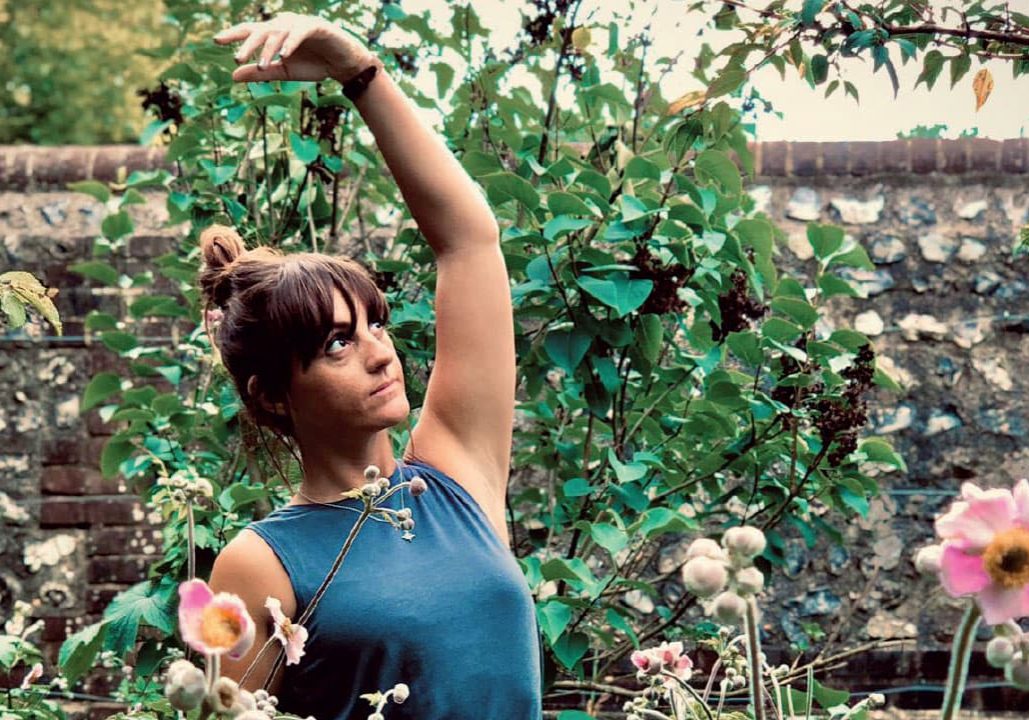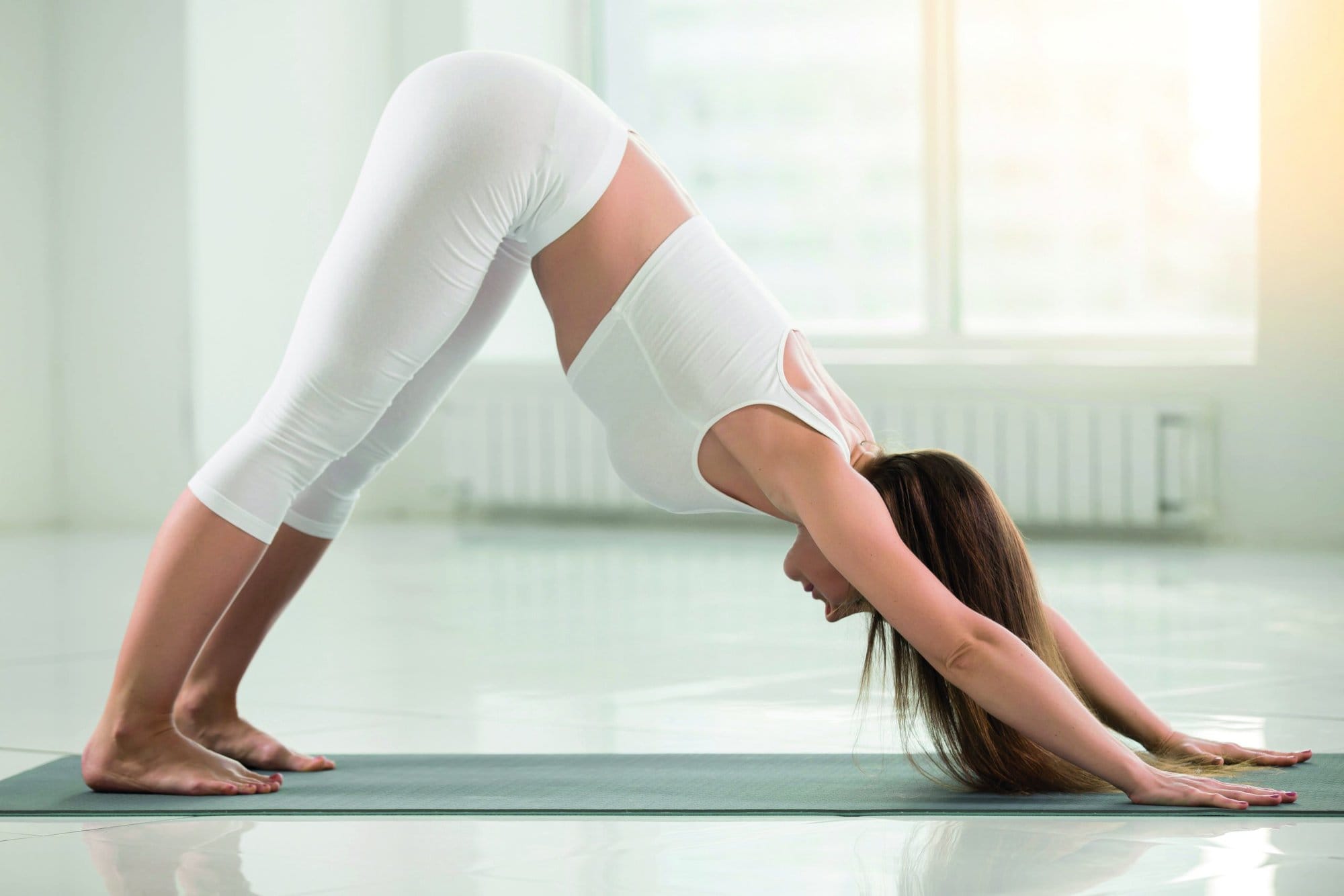
Best yoga styles for beginners
What styles of yoga are best for a beginner? Rosie Iles-Jonas presents a quick and light-hearted look at some of the most popular options
A physical yoga practice is about uniting body, breath and mind. It’s worth the effort! When you align all three, it feels so good and you’ll be back next week for more!
The benefits of a regular practice accumulate. A slow and full breath happens in a relaxed, content body, which can’t help but house a calm mind. These things will become very familiar to you. When we’re less focused on the aches in the body or accommodating a racing heart rate and tossing and turning at night, life is better and relationships with ourselves and others improve.
If that’s a hope we hold on to gently, how do we start a practice, and what style is best for a newbie? First, it’s worth getting to know yourself a little bit:
• Why do you want to practice and what are you hoping to achieve?
• What’s your current activity level?
• What (if any) movements do you enjoy? Like, do you enjoy HIIT training, a nice stroll in nature, or… it’s been a while since you’ve done much of anything?
• What environments inspire you: a studio, a community setting, a gym or leisure centre?
Give these questions a bit of thought because there’s a teacher’s interpretation of a style out there for you; it’s just a case of knowing what you’re looking for. This article is going to inspire you to make some great choices about what style is likely to suit you best.
Before we launch into the styles, let me just say that what follows is a very brief and light-hearted survey of some main styles. There are so many out there! There’s no ‘correct’ or ‘authentic’ style, and a lot of styles are more accurately described as a ‘brand’. Which doesn’t diminish their contribution to the evolution of modern yoga, it’s just helpful to know.
Vinyasa/ Power/ Strong/ Yang
A nice style for sporty people and those drawn to exercise, or who enjoy feeling like they’ve had a workout. Wear light layers as these sorts of classes involve fast-flowing postures and you can expect to work up a bit of a sweat. You’re likely to visit postures like plank and downward facing dog often, a great way to strengthen wrists that get weaker when we use computers, but something to consider if you have a wrist injury or currently seeking treatment for RSI. There are always ways to adapt postures, but it’s just worth knowing this in advance.
Top tips: If you’re sporty and strong, focus on those elements in the sequences. Be mindful of postures that emphasise flexibility in the beginning.
If you don’t consider yourself strong, you’re going to develop strength when you go a bit slower…perhaps have a breath or two in plank rather than rattle through the whole sequence.
These classes can be nice for beginners who have quite active minds (you’ll be kept busy!) and dread the thought of quiet spaces. When you go to a class, don’t feel rushed to keep pace with the teacher or other students, go at your own pace, sweat and have fun.
Yin
A fairly modern addition to the yoga menu, designed to increase flexibility of ligaments rather than muscles (more on this later). In a Yin class, wear warmer layers and expect to practice only 5-6 postures in a 60-minute class. You’re likely to be seated for most of it and work deep into joints. It’s a very different sensation to a muscle stretch, which happens actively. Yin is very passive. This style is best suited to a studio setting because you’ll want to make full use of all the props (blocks, belts and blankets); don’t hold back, grab everything that isn’t nailed down! These classes can feel really spacious, perhaps a welcome contrast to a fast-paced lifestyle. There could be poetry, a particular focus on a part of the body (like the hips), or an organ, as Yin likes to link to meridians.
Top tips: Great if it’s been a little while since you had a regular movement practice, and you’re wanting to ease back in. This will also suit you if you find quiet settings relaxing. This style isn’t ideal for people with hypermobility, as the last thing they need is to stretch ligaments.
Any beginner could potentially benefit from this style because it teaches us self-regulation and moderation; you’ll be shown a posture, and arrange yourself, and that’s it… for anywhere between 3-7 minutes. It will be about 30 seconds in and you’ll be like this is too much! So, you’ll wisely back out a bit to be comfortable. You’ll potentially do the same thing in the next posture, until… finally you learn to do less and go easy. I guess that’s why it’s called a practice!

Hatha/ Hatha Flow/ Flow Yoga/ Yin Yang
If Vinyasa and Yin had a baby, this would be it! You’ll have a lovely relaxing start, some medium intensity, with standing postures in the middle, and a deep rest and relaxation at the end. This is such an open style: there could be breath work (pranayama), chanting, meditation, mudras (nice shapes with the hands) or none of these things. A particularly good style for the beginner because sequences flow a little slower, so there’s likely to be more explanation. A good option if you’re already active and would like to slow down a little, or, if you’re seeking out a practice to gently improve your fitness and stamina.
Hatha is a really nice middle ground between the more fast-moving styles and the more seated style of Yin, making it a good choice for most newbies. When we return to our initial understanding of yoga, which is to unite body, breath and mind, you’re perhaps most likely to experience this in Hatha because there will be a bit of challenge, relaxation and some middle ground. If you attend your first class with a bit of an anxious mind and breath pattern, with a tired body, because, well it’s been a long day, Hatha will support your nervous system (which is driving the anxious mind and breath) to down-regulate. When it does, you might notice your body feels less heavy, less exhausted. You’ll have achieved yoga!
Top tips: Wear a range of layers as you could get warm at times, and you’ll definitely want to snuggle up for the cool down at the end.
Rosie Iles-Jonas BA Hons, MA Hons is a yoga teacher and teacher trainer based in Brighton (DoYourOMThing.co.uk)
THINGS I WISH I HAD KNOWN YEARS AGO
• Arrive in plenty of time so you don’t feel flustered (and you can find the back of the room!).
• If you’re feeling a little nervous when you arrive, look around (that, in itself, will feel soothing), take in your surroundings, maybe exchange a smile with another student. They’ll have been new once, so they’ll send you some nice vibes to help you relax.
• When the class starts, students are focused on their union of body, breath and mind, they’re not thinking about what you’re up to. Enjoy what you’re doing, it’s a gift to be exploring movement and breath in your body.
• Keep trying different styles and teachers. We all do it so differently, so don’t let one class or teacher experience turn you off the myriad of benefits of a yoga and meditation practice.




